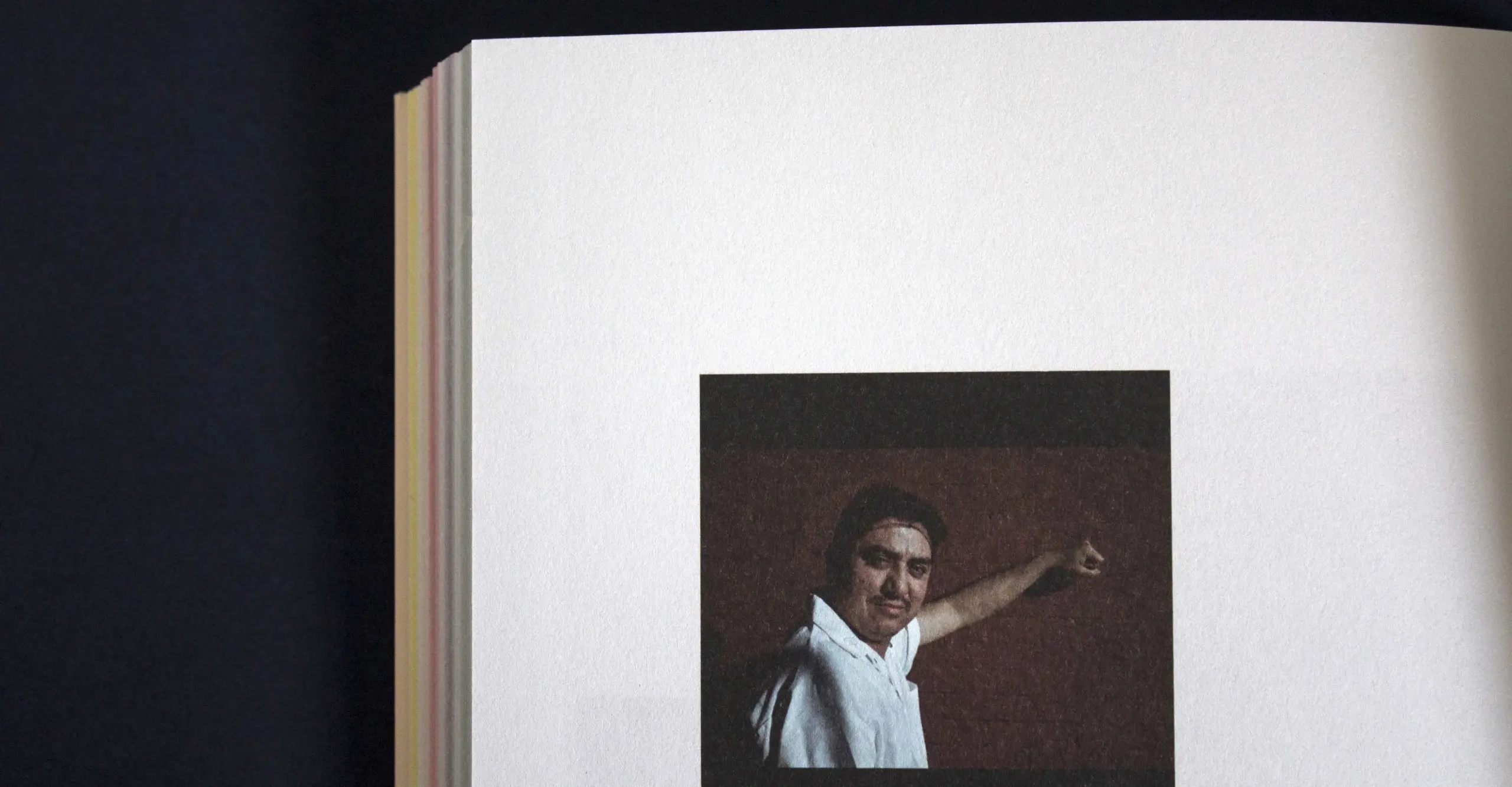When looking through the publication there is no doubt that the intention is inquisitive towards the reader – her pieces can be described as ambiguous, yet also quite vague. Given the small scale of some of the photographs featured in the book, it is debatable whether De Middel did this on purpose, in an attempt to provoke the viewer to delve deeper into the meaning of each image. Or rather was this just an aesthetic decision?
Despite the array of images being displayed in no clear order, the layout works effectively in leading the viewer on, since the sequel to each page is undetermined. Scattered between every few pages are several photos which feature text beside them, linking context to the subject – an homage to the classic storybook if you’d like. The photographs themselves are rather poetic, with each one representing an interesting perspective from a Spanish born artist and her interpretation of native African stories. In this sense, the photographer is on the viewer’s side by viewing the series from “an outsider’s perspective”, one which can sympathise and learn from cultures we know less of.
Tying everything together at the end of the publication, De Middel includes a written description of each series included inside - a few simple pages which provide the reader with more context behind the work. It is here that photography begins to take pride in its meaning and it all begins to make sense. A relay is then begun by the reader flicking back and forth re-interpreting everything they have just understood – or what they think they’ve understood.
If you’re looking for a creative combination of storytelling and documentary photography, this photobook is the one for you. De Middel crosses the line when it comes to the seriousness of what documentary photography appears to stand for and for that reason a compilation of series which evoke interest, wonder and amusement is born – a truly inspiring read for those who dare let their creativity have a say in the message they are getting across.
– Emmanuel Panayi
